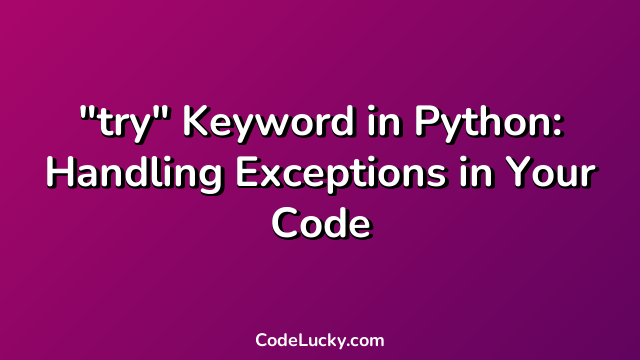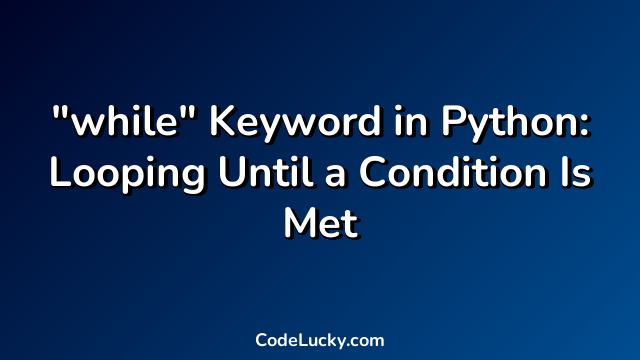In Python, the term ‘None’ keyword is often used to represent the null value. To understand the concept of ‘None’ keyword, we first need to understand what null values are. Null values are often used to represent the absence or undefined values in programming languages. In Python, ‘None’ is used as a placeholder for such […]
Software/App Development
Infrastructure Services
Support and Maintenance









